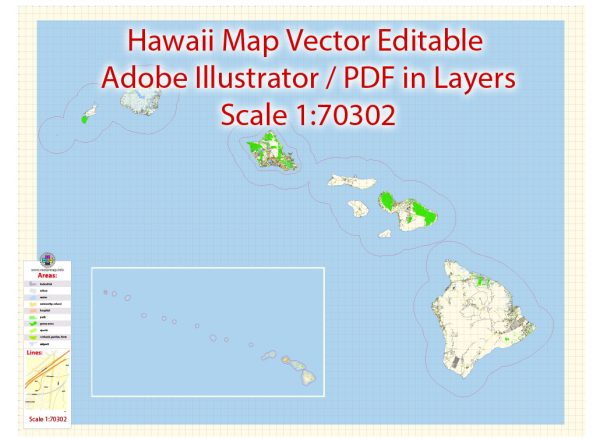Hawaii, a beautiful and culturally rich archipelago in the central Pacific Ocean, has a unique and fascinating history. The history of Hawaii can be divided into several key periods, which I’ll outline below:
- Ancient Hawaii:
- The first Polynesian settlers are believed to have arrived in Hawaii around 1500 years ago, coming from the Marquesas Islands.
- These early Hawaiians developed a complex society with a strong emphasis on oral tradition, religion, and social hierarchies.
- Hawaiian culture was deeply intertwined with nature and spirituality, with a strong belief in the mana (spiritual power) of the land and its connection to the gods.
- European Contact:
- The first documented European contact with Hawaii occurred when British explorer Captain James Cook landed on the islands in 1778. His arrival had a significant impact on Hawaiian society and culture.
- European and American traders, as well as missionaries, began to settle in Hawaii during the 19th century. This period saw the introduction of Western technologies, Christianity, and the establishment of sugarcane and pineapple plantations.
- The Kingdom of Hawaii:
- Kamehameha the Great, a skilled warrior and statesman, united the Hawaiian Islands into a single kingdom in 1810.
- The Kingdom of Hawaii had a constitution, a legal system, and a growing international presence. It maintained diplomatic relations with various countries, including the United States and Britain.
- Annexation by the United States:
- In the late 19th century, American business interests in Hawaii led to political and economic influence, eventually resulting in the overthrow of the Hawaiian monarchy in 1893.
- Hawaii was annexed by the United States in 1898, and it became a U.S. territory. In 1959, it was admitted as the 50th state of the United States.
- World War II and Statehood:
- The attack on Pearl Harbor in 1941, a U.S. naval base in Hawaii, played a pivotal role in the United States’ entry into World War II.
- After the war, Hawaii’s economy diversified, and tourism became a major industry.
- Contemporary Hawaii:
- Today, Hawaii is known for its stunning natural beauty, a unique blend of cultures, and a strong native Hawaiian cultural revival.
- The state is a popular tourist destination, attracting visitors from around the world to its beautiful beaches, lush landscapes, and vibrant cultural events.
Hawaii’s history is marked by a blend of native Hawaiian traditions, European and American influences, and its modern identity as the Aloha State. The culture and heritage of Hawaii continue to thrive, with efforts to preserve the Hawaiian language, traditions, and way of life in the face of globalization.


 Author: Kirill Shrayber, Ph.D.
Author: Kirill Shrayber, Ph.D.